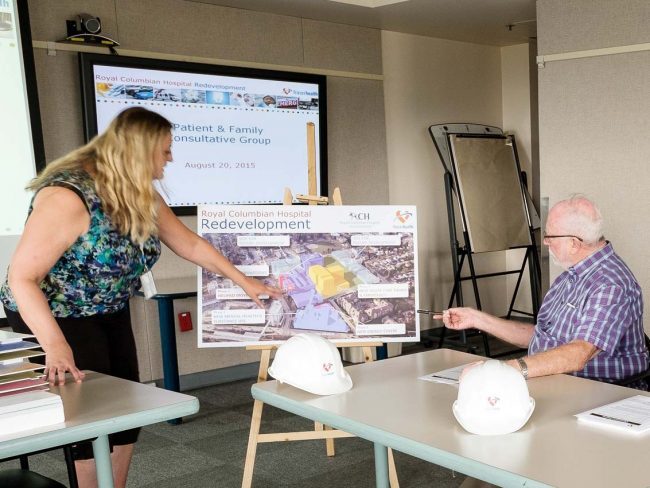Posted • Last updated
Categories: My Experience
Health care partners usually come to us for ideas on how to implement person- and family-centred care in their practices. So to celebrate Patient- and Family-Centred Care Month, our engagement leader Cathy Almost put together a helpful list of tips for care providers. Check it out!
As the emphasis in health care dramatically changes from the institution to the person, we’re glad to see that providers are increasingly seeking practical ways to implement a person- and family-centred strategy in their practices. Here are 10 simple ways to do this:
- Start by getting informed: seek to understand what patient- and family-centred care is and how you can start implementing it. The Institute for Patient- and Family-Centered Care website is a great place to begin!
- Walk through your facility after hours or during evening shifts and talk to staff and patients. Ask their opinions about the practice and what they think could be done to make it more person-and family-centred.
- Attend a meal in the cafeteria with patients and families. Eating and engaging in a friendly conversation with them is a wonderful way to understand their feelings, needs and desires.
- Consult your patients to conduct a wayfinding audit and understand how they navigate through your new clinic and how the delivery of care could be improved. This tool from Planetree is helpful.
- Include patients and families in bedside rounds as a best practice in your organization. This guide from the Institute for Patient- and Family-Centered Care explains the best way to do so.
- Is your practice ready for person- and family-centred care? This quick Leadership Self Reflection questionnaire can help you analyze that.
- Always ask your patient how they’d like to be addressed, then use that name and reassure them about any fears or concerns they may have.
- Use the Teach-Back Method to make sure the patient understands what is being explained to them. Asking, “Can you tell me in your own words how you understand the plan?” can make a lot of difference in successful outcomes!
- Ask your patient, “What matters to you?” and take the time to listen attentively. The “What Matters to You?” initiative has been increasing patient- and family-centred care around the world by encouraging providers to ask this simple question.
- Develop care plans that include the patient’s individual preferences.
By following these 10 simple suggestions, you’re sure to make your practice more person- and family-centred! And if you have been implementing other strategies, please share with us in the comments – we’re always open to learning and exchanging experiences!
Author: Cathy Almost
With a background in leadership, facilitation, orientation, transition and education, Cathy is an engagement leader supporting patient engagement in the Northwest area of the Northern region. She has worked with the Patient Voices Network since 2013, and her goal is to continue to use her passion for health care improvement through patient and community engagement, education, and health promotion.


